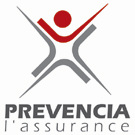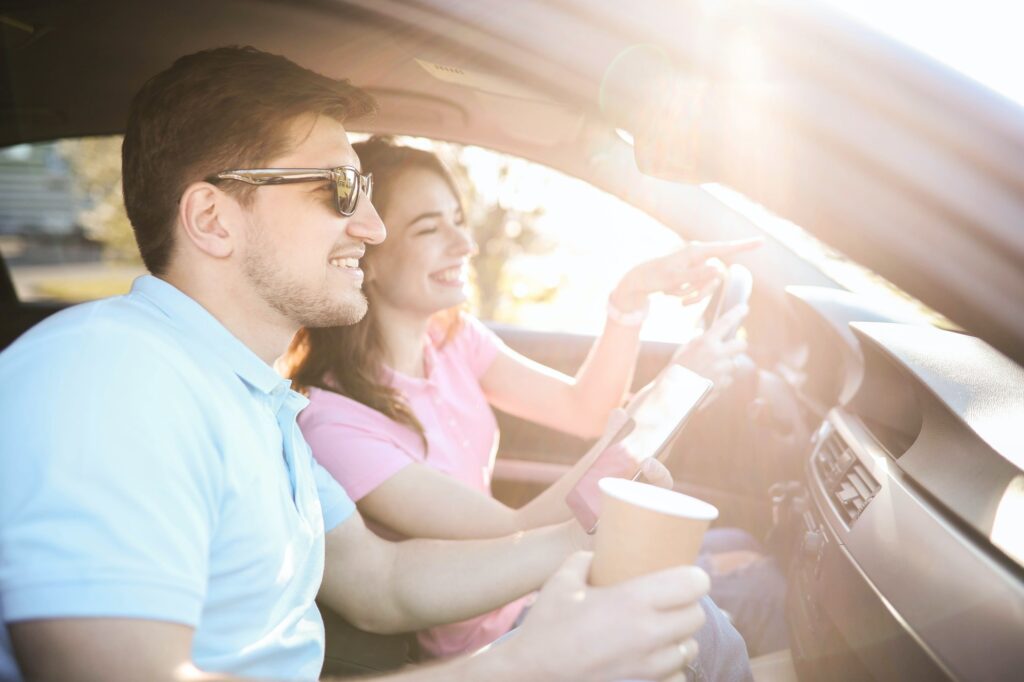One consequence of the coronavirus pandemic might be that more of us are attracted to using the car to go on holiday, rather than by flying, or taking a train or a coach. This may mean that more of us might be driving longer distances than we are used to. With that in mind, here are some reminders.
The obvious point maybe be worth starting with: if you’ve been off the road for a long time (or even used to driving on much emptier roads), excess speed will be your biggest potential danger. If you picked them up in the first place, don’t lapse into bad speeding habits.
Other basic points are the simplest: don’t use your mobile whilst driving and respect the recommended distance de sécurité of the car in front of you. On autoroutes, keep two of those white line dashes that you see on your right between you and the car in front of you. That’s approximately a 90 metre gap.
Revise le code de la route
Generali provides a free on-line revision aid for this purpose which consists of two 40-question sessions. You’ll need about 50 minutes to complete the lot. Here’s the link: https://www.surlaroutevousassurez.fr/code. (No registration is required.)
Readying the car
Assuming your car has been serviced according to the manufacturer’s recommendations and that the contrôle technique is up to date, then there are still some basics to check out:
- Brakes and lights need to be checked. If you aren’t confident doing this yourself, see your usual garage.
- Oil and fluid levels may need a check-over by your local garage.
- Tyre pressures will need checking, including the spare if you have one
- Windscreen washer liquid you can check yourself.
Then there are the ‘administrative’ details:
- Check that your fluorescent gilets are where they should be, and the warning triangle. We recommend that you carry one gilet per passenger.
- You should carry a spare set of bulbs – because driving with a blown bulb is illegal.
- Make sure that you have the correct paperwork for the car: carte grise, driving licence and your insurance certificate.
- Finally, remember that if you need glasses to drive, then you must carry a spare pair.
Loading up
Give some thought to how you load your car when you have a lot to pack in. Aim for the lowest possible centre of gravity and use the separate protection of the car’s boot. Avoid reducing your visibility with things on the parcel shelf and remember that flying objects can cause major injury. (A case or bag weighing just 4kg is transformed into a projectile with the equivalent force of 175kg.)
If there are children in the family, are there appropriate seat belts? They come in three varieties: for 15 month-olds, for less than 4 year-olds and for those 10 or younger. Are all yours still appropriate?
The human factor
The driver needs to be wide awake so a good night’s sleep is not an added luxury. Accidents are eight time more likely when the driver is drowsy. Once you’ve started, take a break every couple of hours. Stretch your legs.
If you aren’t alone, then delegate responsibilities: map-reading, GPS-fiddling, call-handling and cash or cards for the péage. The ultimate challenge may be handling the “Are we there yet?” questions and the “I’m bored” complaints. You will have tried and testing favourites for this. If you have everything in hand, you should be good to go. Drive safely!
The information provided here is for general guidance. The exact details of your policy will define your legal and contractual obligations. What is written there will take precedence over what is written here.
Ces informations sont données à titre indicatif. Pour connaître précisément vos obligations légales ou contractuelles en relation avec votre contrat d’assurance, veuillez vous référer aux conditions générales et particulières de votre contrat.

